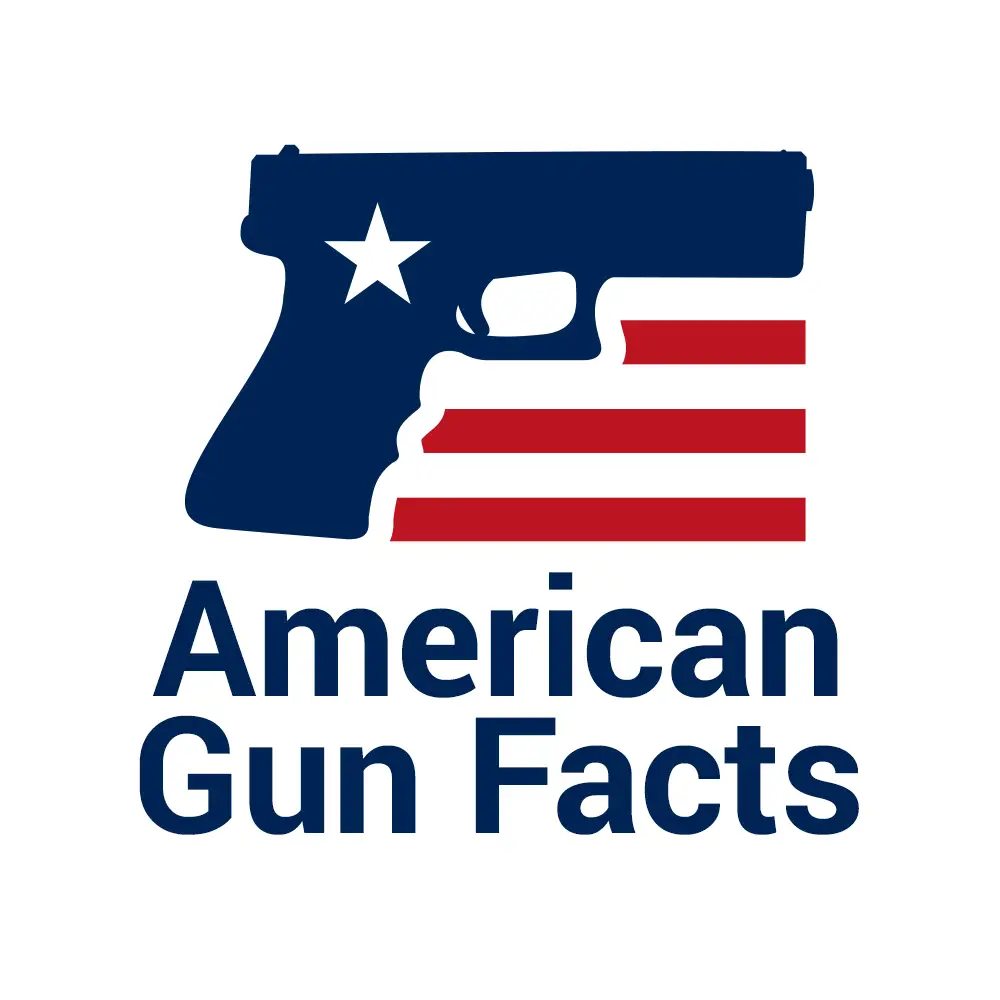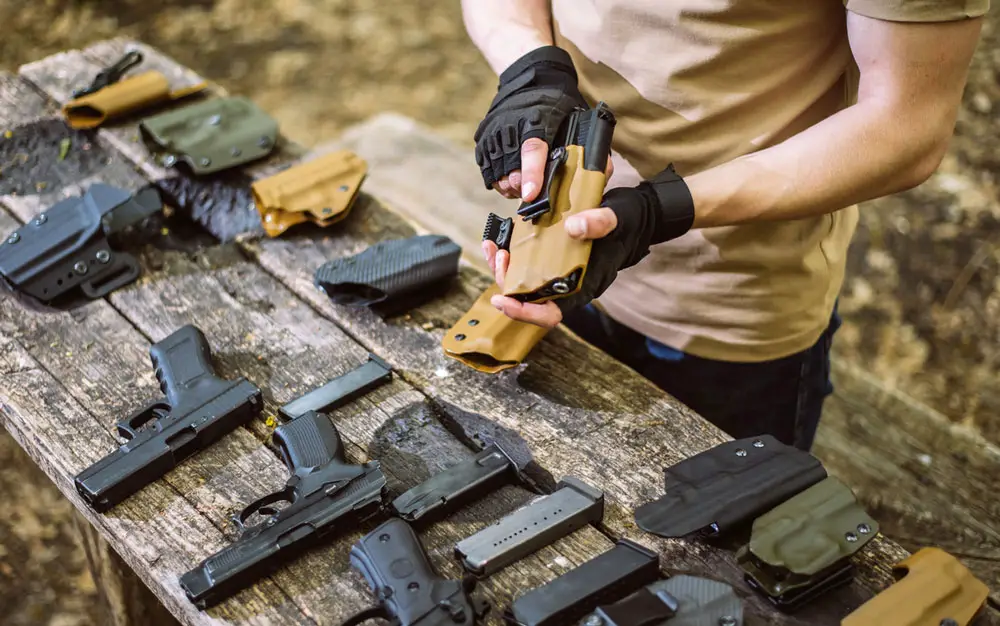The skill of rapidly drawing a handgun from a holster and hitting the target takes practice, and a lot of it. There are hundreds of different styles, makes, and models of pistol holsters. Shooters can choose from diverse materials such as canvas, carbon fiber, nylon, and others.
Shooters cultivate a style of firing their weapon over time, which heavily influences the holster they use. 1) An open-style gun holster has a broader, more unrestricted boot (the enclosed area the gun fits into) 2) Traditional styles have a more restrictive boot.
Here are a few reasons why shooters need to practice drawing their handgun from a holster while quickly acquiring a target.
- Home and Self-Defense
- Law Enforcement and Military
- Target Shooting and Competition
Holster styles have developed rapidly over the decades as new handgun designs emerged. Many civilian holsters in use today have taken their cue from military designs.
In the beginning of gun holster design, flaps totally covered the gun from exposure and were large and cumbersome. Over time, holsters became streamlined and more efficient with better materials. Holster designs made sure the hammer was secured to avoid unintended discharge. One significant modification to a traditional holster was getting rid of the strap which holds the firearm in place.
Good holsters protect the shooter and the gun from potential accidents, like the trigger from accidentally engaging. A handgun sitting inside the pocket or waistband without support is a recipe for disaster.
There are two main holster designs developed over the years: 1) IBW (inside the waistband 2) OWB (outside the waistband). Concealed carry is one of the most popular holsters in use today, used outside the waistband.
Best Gun Holsters for Practice
Owners who frequently carry firearms for concealment or self-defense require the right equipment in response to dangerous threats. When choosing the appropriate holster for your needs, make sure that it does not sit near your hand, snag on clothing, feels natural at your side, and allows you to move as you draw.
There are a variety of new and advanced materials on the market designed for every individual’s size and style. Manufacturers have finally started catering to the female shooter, which has opened the door to a huge new market. The look of slick new holsters continues to expand with impressive new colors such as camo, flat dark earth, russet and more.
Types of QuickDraw Holsters to Practice With:
- Shoulder holster: This rig is hung from the shoulder and generally underneath clothing. When wearing a shoulder holster, shooters typically want to clear up other body parts.
- Chest Rigs: These holsters are located at the bottom of the chest and are suited for outdoor activities.
- Thigh: Perfect setup for open carry.
- Belt Holster: IWB and OWB.
- Bed Holsters: Handguns are secured under the bed or mattress for home defense.
Practice, Practice, Practice
Dry firing your firearm at home in front of a mirror is an excellent place to start. However, live-fire training from a gun holster on the range enhances your overall skill level. The objective is to have a self-defensive mentality.
Here are a few tips:
- Make sure your range supports drawing from concealment. Shooting ranges must create a safe atmosphere for all its guests and blocking drawing from a holster avoids accidental discharge when the gun is removed.
- The more you practice, the better you get.
- Use dummy rounds, artificial rounds, or laser training cartridges to cut down on costs.
When You Have the Gun Holster
Your holster needs to be comfortable, easy to wear, and hold the firearm securely. When at the range there are a few things shooters need to practice on to help get the gun out quickly. Use the support hand to steady your shot and aim. When drawing the weapon, have as much of a natural position as available. Remember to have a firm grip on the weapon, avoid crushing the grip as that impacts accuracy. Ensure you have tight, dynamic grip tension.
Final Word
With anything we do, practice is the way to get better, no matter the activity. Shooting at the range is more than fun, it can be a way to learn a skill few have. If you’re a competition shooter, the better you are at drawing your handgun, the higher the advantage you have.

Researched and written by the American Gun Facts team. We are a group of Americans dedicated to providing factual information on firearms and fighting back against attempts to weaken or discard the Second Amendment. We write on topics ranging from firearm statistics, news, reviews, and more! AGF has been featured in the New York Times, NBC, MSN, Time, & many other publications.
